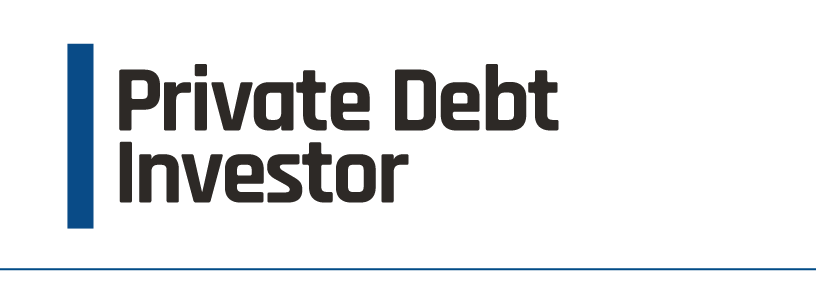
A close look at infrastructure private credit’s emerging trends
In today’s turbulent market conditions, infrastructure credit has never looked more attractive, offering a degree of stability that is increasingly hard to find while also providing vital diversification. From airports, to clean energy, infrastructure debt is as varied as investing in equity but with downside protection. It could also become a mainstay in the rapidly growing retail alternative investment market. In Private Debt Investor’s Infrastructure Debt Report we look at the many innovations happening in the asset class today.
The latest Infrastructure Investor debt fund ranking – the Infrastructure Debt 30 – reveals that the 30 top debt fund managers raised more than $172 billion between them from 1 January 2018 until 31 August 2023.
TOP 10 INFRASTRUCTURE DEBT FUND MANAGERS
The Infrastructure Debt 30 is led by BlackRock, which raised almost $18.6 billion, while the leading new entrant was Blackstone after it closed its third transition-focused credit fund on more than $7 billion.
| Rank | Manager | Headquarters | Capital raised ($m) |
|---|---|---|---|
| 1 | BlackRock | New York | 18,590 |
| 2 | Ares Management | Los Angeles | 13,596 |
| 3 | Macquarie Asset Management | Sydney | 12,779 |
| 4 | AXA IM Alts | Paris | 11,217 |
| 5 | Infranity | Paris | 10,117 |
| 6 | EIG | Washington, DC | 10,072 |
| 7 | Allianz Global Investors | Frankfurt | 10,056 |
| 8 | Barings | Charlotte | 9,325 |
| 9 | Brookfield Asset Management | Toronto | 8,464 |
| 10 | Blackstone | New York | 7,100 |
INSIDE THE INFRASTRUCTURE DEBT 30
Infrastructure Investor Debt 30: The biggest and the best
METHODOLOGY
The 2024 Infrastructure Investor Debt ranking is based on the amount of direct infrastructure debt investment capital raised by firms between 1 January 2018 and 31 August 2023.
Where two firms have raised the same amount of capital over this time period, the higher II Debt ranking rank goes to the firm with the largest active pool of capital raised since 2017 (ie, the biggest single fund). If there is still a ‘tie’ after taking into account the size of a single fund, we give greater weight to the firm that has raised the most capital within the past one or two years.
We give highest priority to information that we receive from or confirm with the infrastructure managers themselves. When firms confirm details, we seek to ‘trust but verify’. Some details simply cannot be verified by us, and in these cases we defer to the honour system. In order to encourage co-operation from infrastructure firms that might make the II Debt ranking, we do not disclose which firms have aided us on background and which have not. Lacking confirmation of details from the firms themselves, we seek to corroborate information using firms’ websites, press releases, limited partner disclosures, etc.
- Structures
- Limited partnerships
- Open-ended vehicles (capital must be raised within the specified dates)
- Co-investment funds/separate accounts capital raised by infrastructure managers that happen to be publicly traded
- Seed capital and GP commitment
- Strategies
- Debt strategies
- Mezzanine funds
- Financing of existing assets (brownfield), development-phase assets (greenfield) or a mix of both
- Expected capital commitments
- Public funds
- Contributions from sponsoring entities
- Capital raised for funds of funds
- Capital raised for infrastructure funds that seek to own assets for a period of time
- Secondaries vehicles
- Real estate funds
- Private equity funds
- Equity funds: core, core-plus, value-add, opportunistic
- Hedge funds
- Capital raised on a deal-by-deal basis
- Leverage
- PIPE investments
PREVIOUS RANKINGS
II Debt 30 2022: The largest infra credit GPs raise over $139bn
Meet the top 15 infra debt fundraisers
The world’s 10 largest infra debt managers
LATEST INFRASTRUCTURE DEBT NEWS
Click here to access Private Debt Investor’s in-depth special reports covering a wide array of topics, plus our digital magazines.
























